Disease Resistant Chestnut Trees
Disease resistant chestnut trees. The ACCF is attempting to breed disease-resistant trees using only the American chestnut. Excessively wet soils will also encourage phytopthora root rot Phytophthora cinnamomi on European and American trees Chinese and Japanese chestnuts have a fairly high degree of resistance. A chestnut genetically engineered for blight resistance.
It is caused by sun reflecting off of snow in winter and heating the bark on the south side of the tree. The folks breeding a disease-resistant chestnut tree are fighting over GMOs. The American Chestnut Foundation is leading the effort to cross the American chestnut with the Chinese chestnut which is resistant to the blight.
Genetically altered strains of the blight fungus itself that weaken it. On these sites chestnuts will then be challenged by yet another exotic pest the chestnut gall wasp Dryocosmus kuriphilus Yasumatsu. Michigan soils do not harbor the intensely aggressive pathogen Phytophthora cinnamomi that does kill American and European chestnuts.
Chestnut trees part of the Castanea family require little maintenance pruning or fertilization. However some weather conditions can make chestnuts vulnerable to fungal infections. Although blight resistant chestnuts may be available in the near future Phytophthora cinnamomi will still effectively restrict planting to upland sites.
When we cross our blight-resistant transgenic trees to these surviving mother trees directly in the wild or from nuts gathered from them and grown in orchards were helping preserve the remaining wild genes. European chestnut Castanea sativa is also susceptible to these chestnut diseases but Chinese chestnut Castanea mollissima is resistant. Chestnuts are sturdy pest-resistant trees and very few chestnut diseases can cause large-scale damage.
ArcheWild is now releasing blight-resistant American chestnut trees to land managers nurseries parks and committed homeowners. Chestnut trees have a fairly low level of tolerance for clay and other poorly drained soils. Japanese chestnuts have about the same though slightly less resistance as the Chinese varieties she says and Europeans have more resistance than the American which has very little Once Cryphonectria parasitica colonizes a wound on an American chestnut its unstoppable.
Chestnut gall wasp another exotic pest of chestnut. Like the GE chestnut the Rainbow Papayas only genetically engineered trait is disease resistance and both are unlikely to become invasive.
The key now is getting those GE trees out into the forests where they can breed with wild-type chestnuts to help them gain better resistance to the disease.
Chestnut trees part of the Castanea family require little maintenance pruning or fertilization. Our chestnuts are the progeny of still-existing stands of American chestnuts that have successfully resisted the chestnut blight Cryphonectria parasitica. Michigan soils do not harbor the intensely aggressive pathogen Phytophthora cinnamomi that does kill American and European chestnuts. The American Chestnut Foundation is leading the effort to cross the American chestnut with the Chinese chestnut which is resistant to the blight. It is caused by sun reflecting off of snow in winter and heating the bark on the south side of the tree. The ACCF is attempting to breed disease-resistant trees using only the American chestnut. Sunscald One of the chestnut tree problems that can look like blight is called sunscald. While the Chestnut Foundations new resistant trees are the first soldiers to be deployed against the blight other ongoing programs could soon bear fruit. When we cross our blight-resistant transgenic trees to these surviving mother trees directly in the wild or from nuts gathered from them and grown in orchards were helping preserve the remaining wild genes.
When a GE father tree is planted near a wild-type mother tree and they cross half the resulting nuts will carry the blight-tolerant trait. When a GE father tree is planted near a wild-type mother tree and they cross half the resulting nuts will carry the blight-tolerant trait. The trick is to incorporate the Chinese chestnuts. The researchers point out that their blight-resistant chestnuts retain 100 percent of their natural complement of genes. They are now breeding these trees back with American chestnuts to create a tree that is not only disease resistant but also 94 percent American chestnut. Sunscald One of the chestnut tree problems that can look like blight is called sunscald. Michigan soils do not harbor the intensely aggressive pathogen Phytophthora cinnamomi that does kill American and European chestnuts.


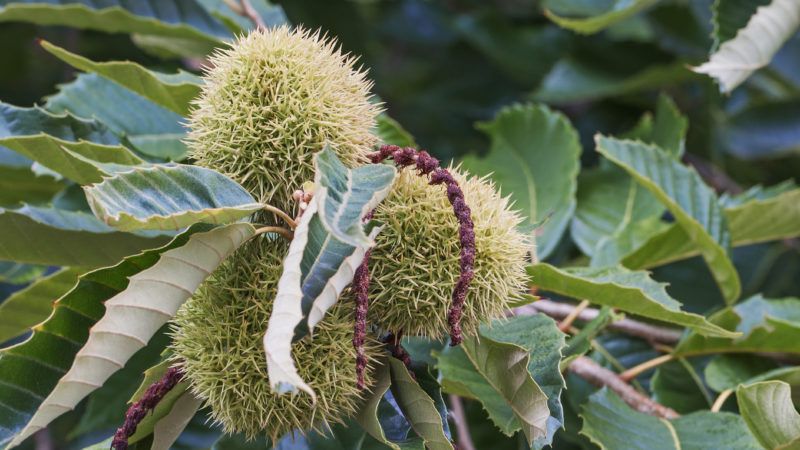

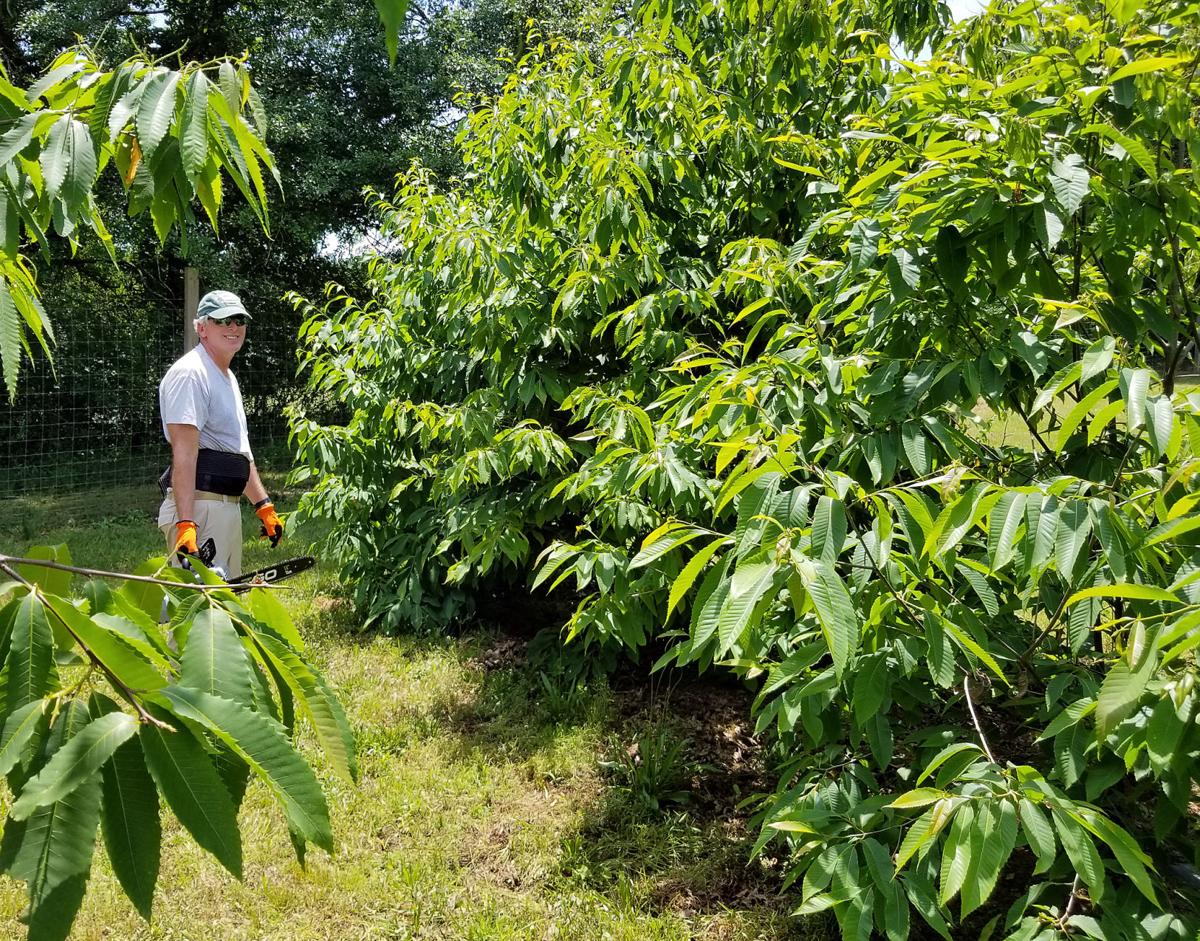
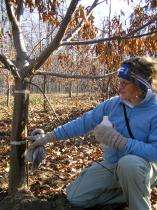
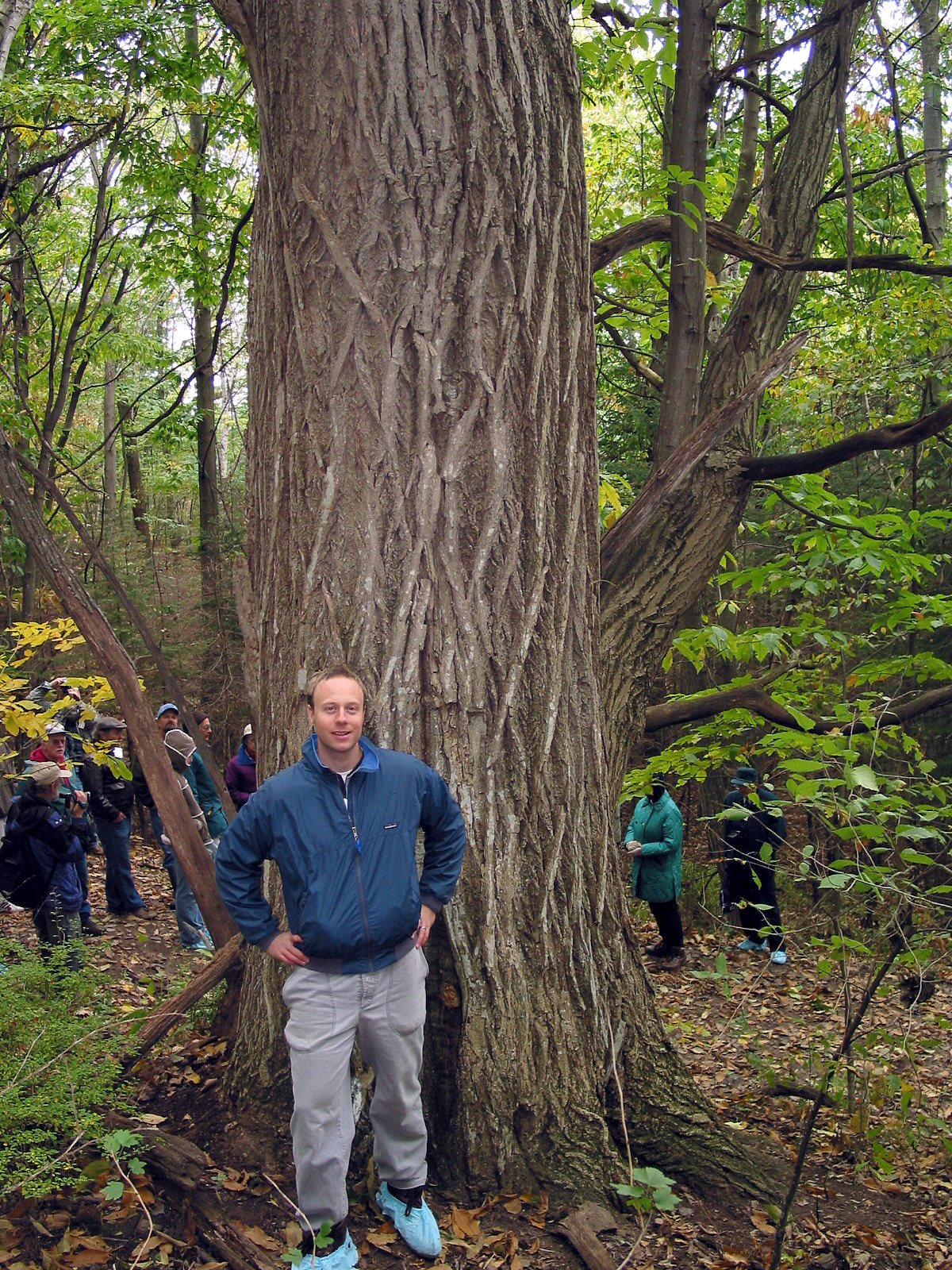
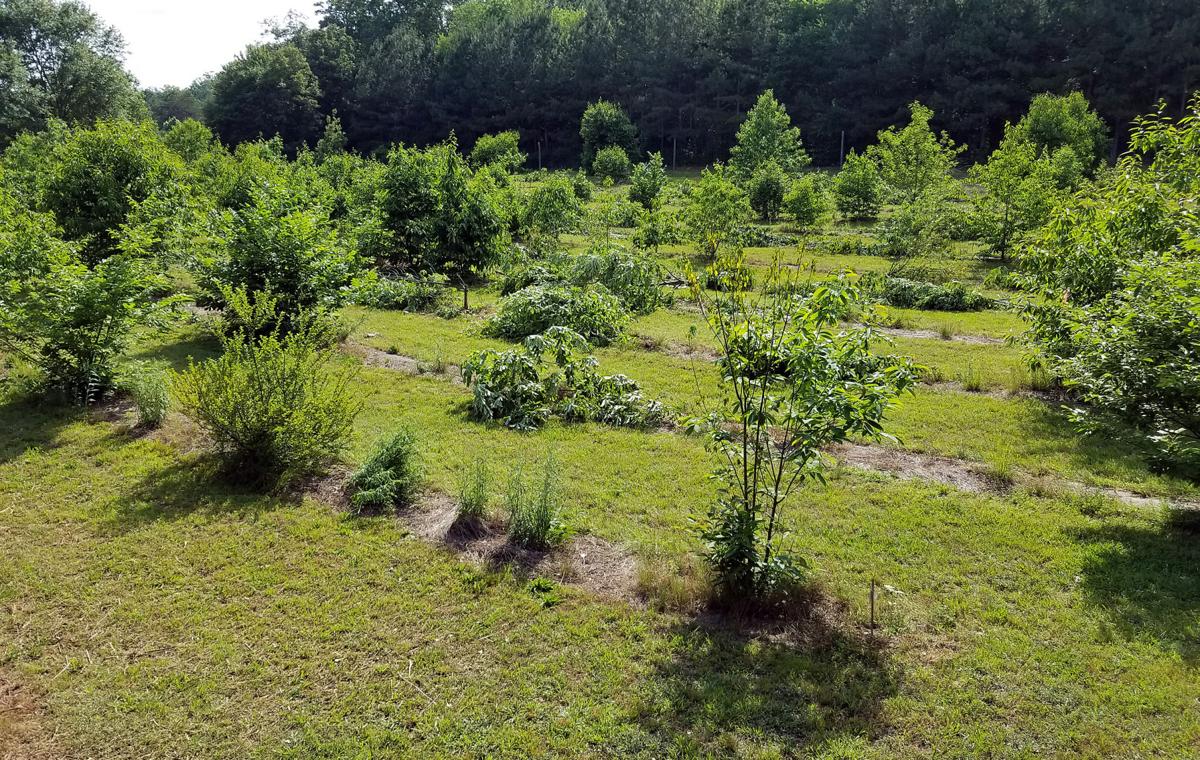

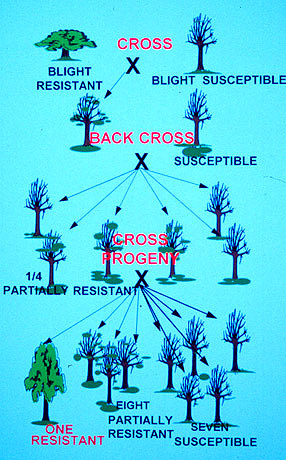


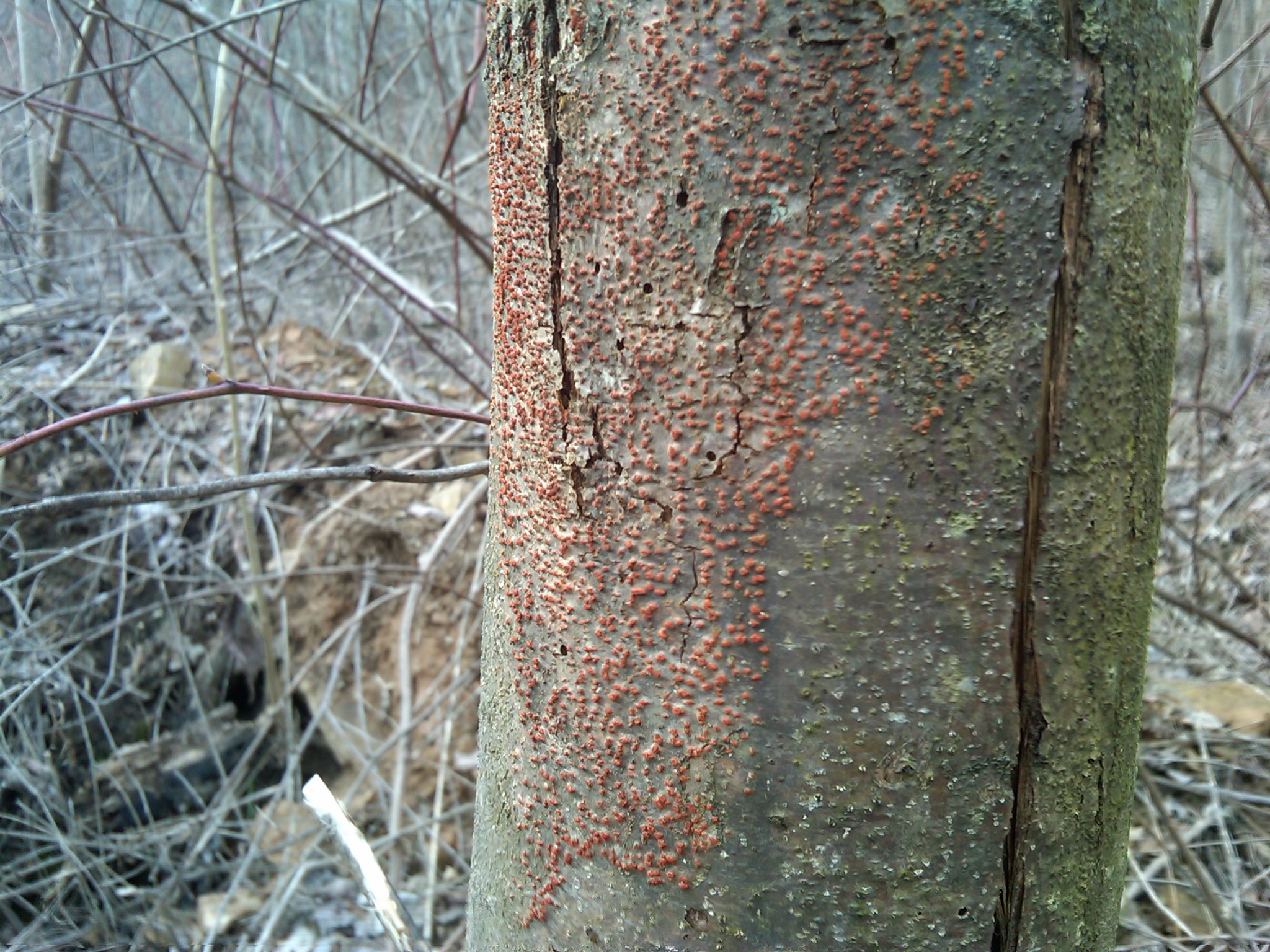








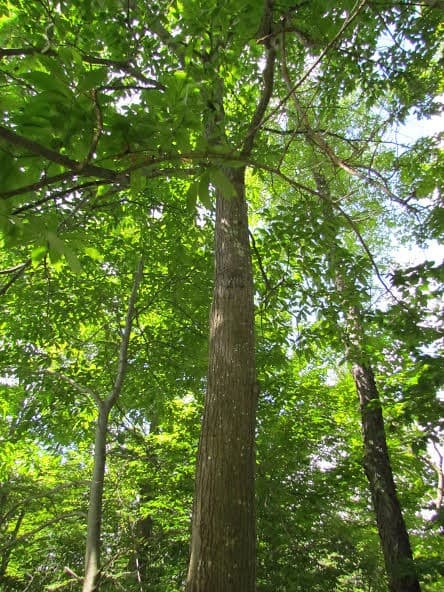






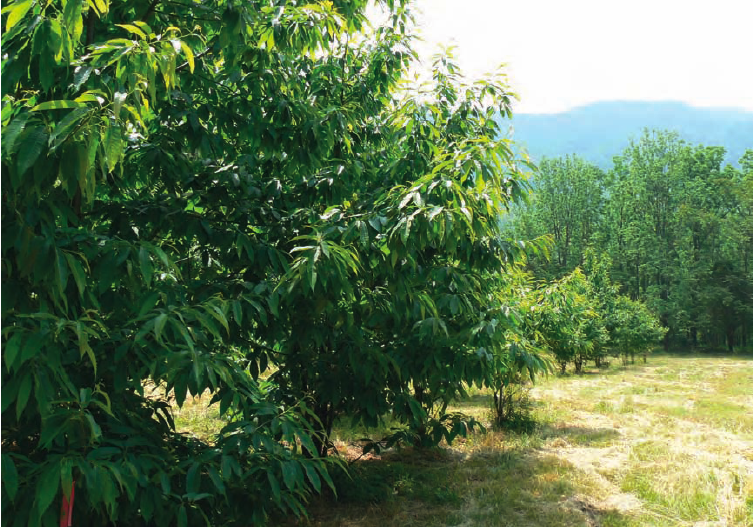
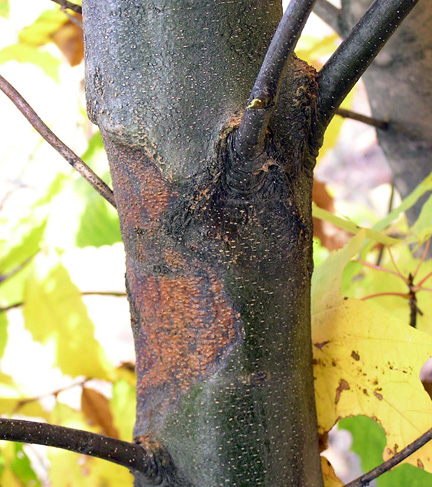
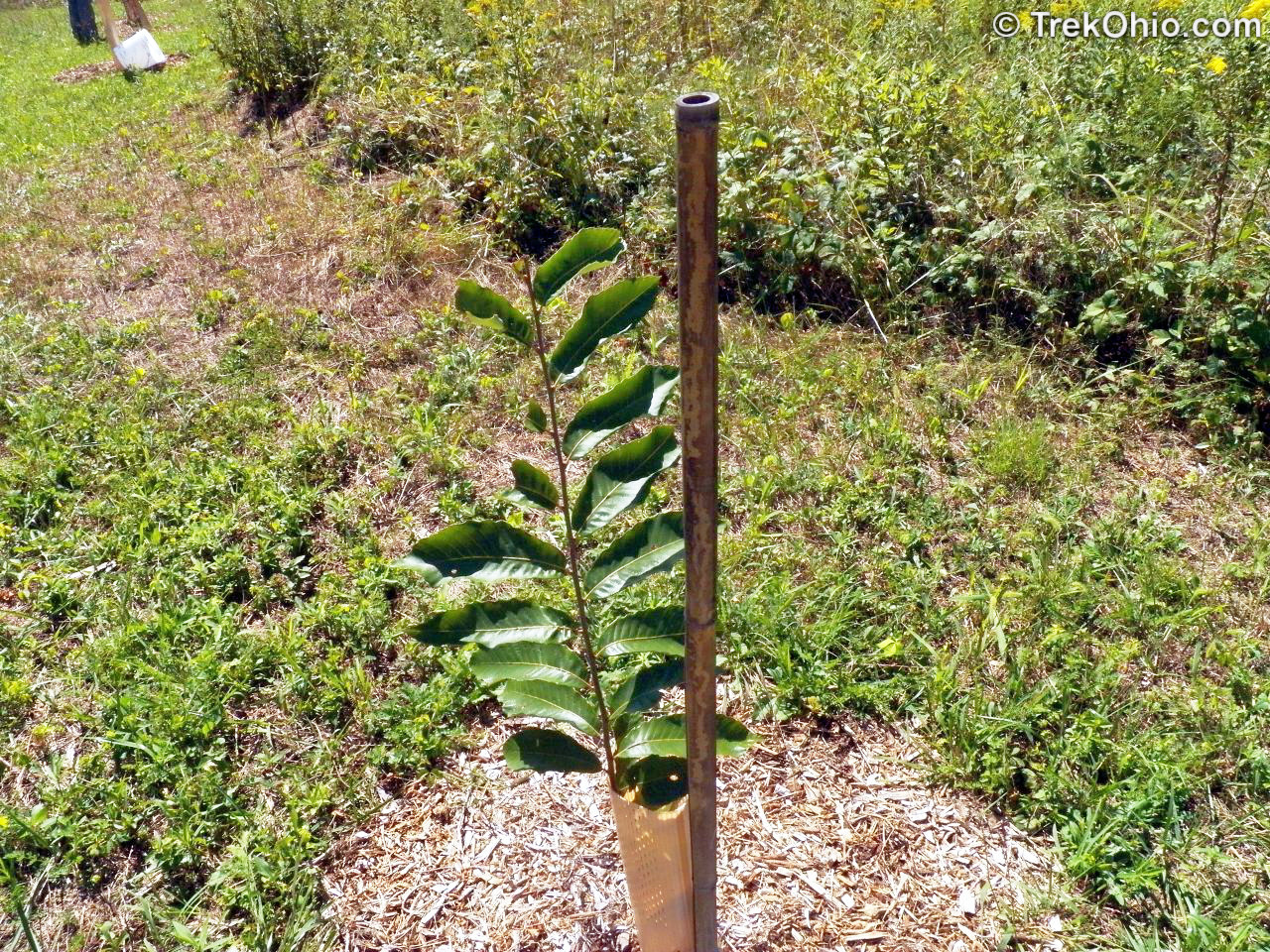







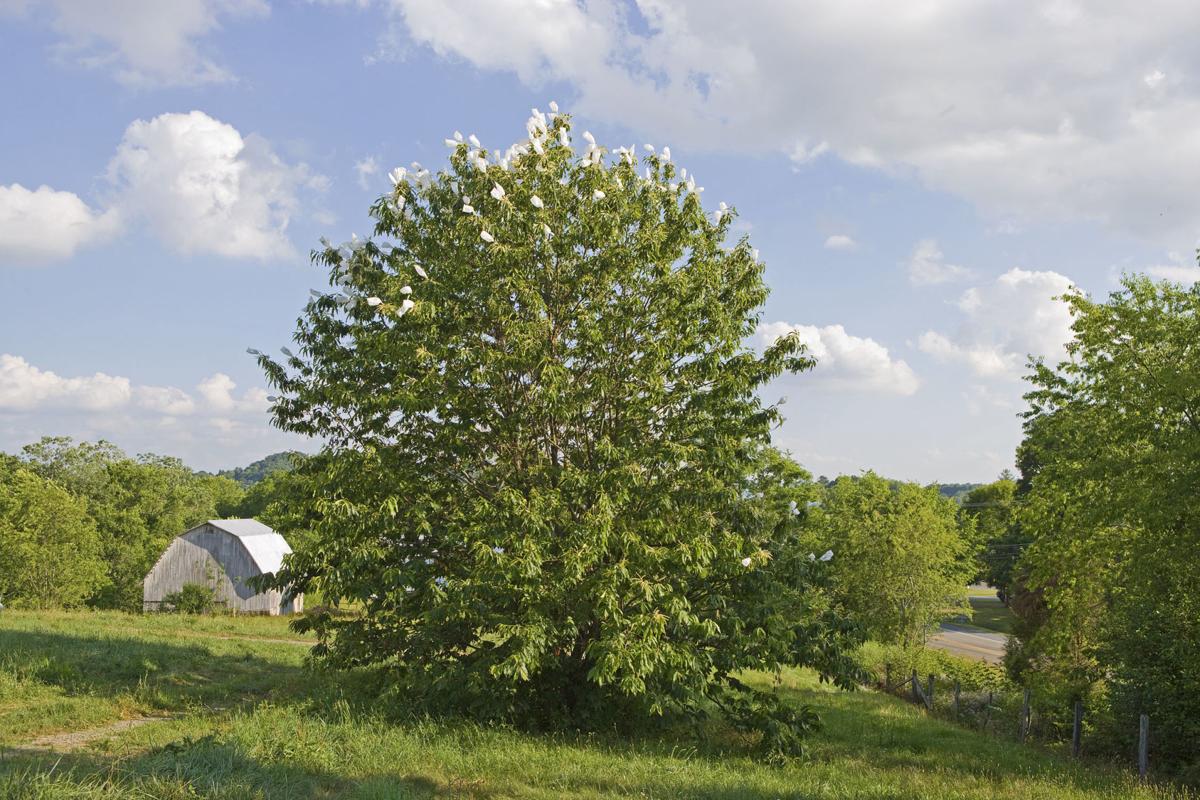


Post a Comment for "Disease Resistant Chestnut Trees"